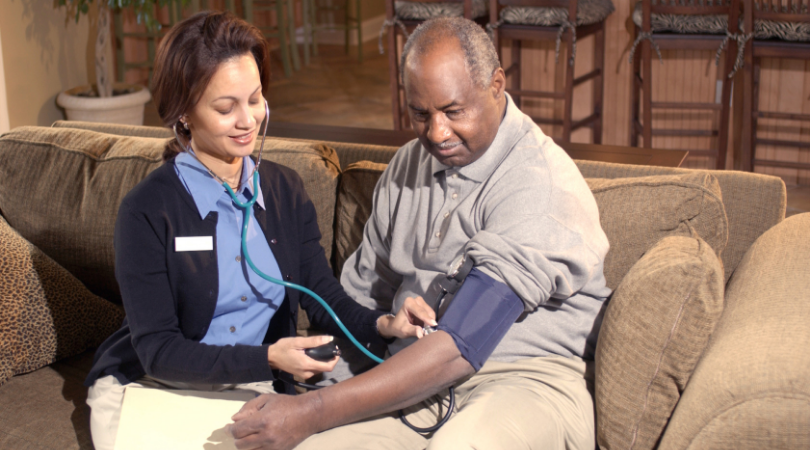End-Stage Diabetes: What to Expect

Diabetes is a common illness that can be effectively managed with diet and medication. As patients age, however, it can be more difficult to control the effects of end-stage diabetes. This is particularly true when another illness is present. Common comorbidities include cardiopulmonary disease, Alzheimer’s disease or other dementia, and cancer.
Do patients with diabetes qualify for hospice care?
While diabetes alone generally does not meet the criteria for hospice care, when diabetes is present alongside another serious illness, the two conditions together may reduce a patient’s life expectancy to less than six months if the illnesses follow their normal course.
Will I get to keep my insulin while in hospice care?
When the body isn’t making or using insulin correctly, a physician may prescribe insulin shots to help control a patient’s blood sugar. If left untreated, elevated blood sugar levels can cause long-term complications.
However, as the patient approaches end of life, diabetes management begins to focus on controlling the immediate symptoms of low and high blood sugar instead of trying to avoid long-term complications. For example, if the patient is eating less while still taking their standard dose of insulin, they may experience the troubling effects of low blood sugar including sweating, heart palpitations, blurry vision, hunger, trembling, irritability, or anxiety.
Type 1 diabetics will generally need to continue their insulin, although it may be reduced based on their meal intake. Patients with Type 2 diabetes in hospice care will have their medication reviewed and they may be able to stop taking insulin as high blood sugar at end of life will not cause additional complications, and low blood sugar symptoms caused by continuing to take insulin can cause additional discomfort.
Each patient’s medication list will be reviewed to determine the best combination of medication for their current condition. Medication that only provides a long-term benefit may be discontinued if the patient only has a short time left to live, while additional medications that provide an immediate benefit to the patient’s comfort and quality of life may be added.

Caring for Someone with End-Stage Diabetes
Caregivers should stay alert for signs of high and low blood sugar to help keep the patient comfortable.
Signs of high blood sugar include:
- Thirst
- Increased urination
- Increased fatigue
- Infections like thrush
Signs of low blood sugar include:
- Looking pale
- Anxiety
- Irritability
- Heart palpitations or a fast pulse
- Trembling
- Sweating
- Hunger
- Blurry vision
If caregivers recognize any of these symptoms, they should speak to the patient’s hospice care team about how to manage these symptoms.
To learn more about hospice eligibility and how Crossroads Hospice & Palliative Care supports patients with end-stage diabetes, please call 1-888-564-3405.
If you found this information helpful, please share it with your network and community.
Copyright © 2019 Crossroads Hospice & Palliative Care. All rights reserved.




